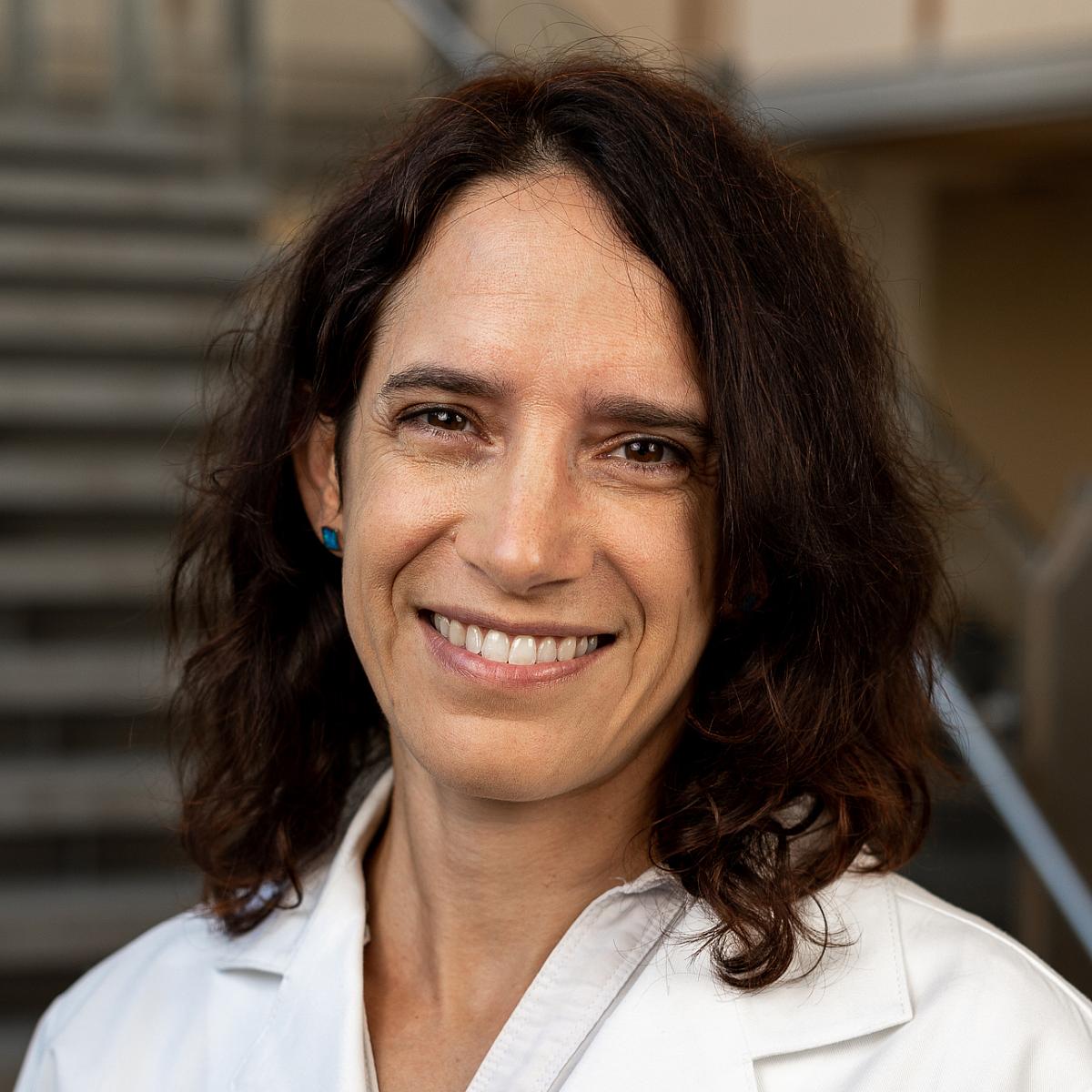
Message From the Mendoza Lab Principal Investigator

Message From the Mendoza Lab Principal Investigator
I grew up in rural western Maryland and spent most of my childhood outside, enjoying and wondering about our natural world. I thought I would become a veterinarian. But when my school sent home a pamphlet listing summer biomedical research opportunities through the HHMI and NIH, I decided to try research. I spent the next several summers working in laboratories at Iowa State University and the National Cancer Institute. My future path became clear - I loved the laboratory, thinking about science, and doing experiments. The lack of molecular understanding behind some clinical tests nagged at me.
Throughout high school and my undergraduate career at Penn State University, I continued to work at the National Cancer Institute. I studied signaling pathways that controlled the aberrant survival of cancer cells. Modular signals fit together like mathematics or organic chemistry equations to control cell behavior. It was both fascinating and worrisome how seemingly small tweaks in signal strengths could put cells on the path to oncogenic transformation.
I left the east coast to pursue a Ph.D. in Biomedical Sciences from the University of California, San Diego. Early on, I became interested in cancer invasion and metastasis. New advances in imaging and image analysis were allowing scientists to discover the fundamental signals that control cell movement, the first step in metastasis. I joined the laboratory of Dr. Richard Firtel and used the model organism Dictyostelium discoidium to investigate chemotaxis, cell migration up a chemical concentration gradient. It was an exciting time! In addition to manipulating the signal pathways through genetics and measuring their output through biochemistry, we could observe individual molecules as they were activated and recruited to the cell’s front (or back) to control its migratory behavior. I then travelled back to the east coast for postdoctoral studies at Harvard Medical School with Drs. John Blenis and Gaudenz Danuser, pioneers in cancer cell signaling and quantitative image analysis. There, I discovered the oncogenic ERK-MAPK signaling pathway controls the actin polymerization machinery to play an essential role in cell motility: direct phosphorylation of WAVE2 augments its activation of Arp2/3, which polymerize actin in dendritic structures that push the cell edge forward.
My laboratory in the Department of Oncological Sciences and Huntsman Cancer Institute (HCI) continues to focus on the signals that control cell migration and cancer. We aim to understand, with molecular and spatiotemporal detail, how oncogenic signaling pathways modify cytoskeletal dynamics to promote cancer invasion. Current work focuses on the RAS/ERK pathway, a key driver of progression and resistance in solid tumors. In addition to our curiosity in the mechanisms of motility control, we are motivated to understand how oncogenic signaling induce the abnormal movement of cancer cells. This basic knowledge will aid efforts to inhibit cancer progression and improve long-term care.
Affiliations
- Department of Oncological Sciences
- Department of Biomedical Engineering
- Cell Response and Regulation Cancer Center Program
- Lung Center of Excellence
- Computational Oncology Research Initiative
- Molecular Biology Graduate Program
Collaborations
The Mendoza lab has a funded collaborations with the Weiss lab in the Biomedical Engineering department. The collaboration applies computational modeling to understand the mechanics of tumor growth within the lung.
